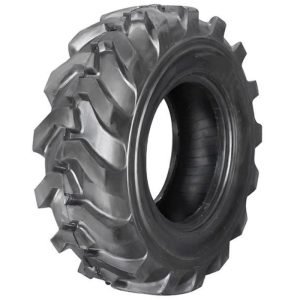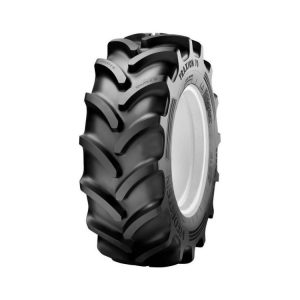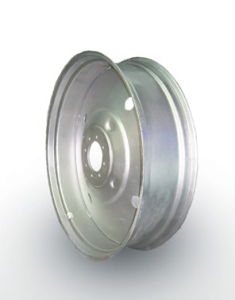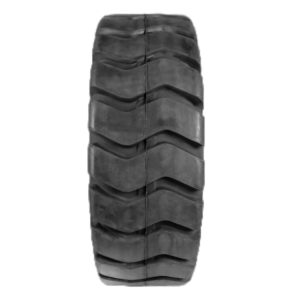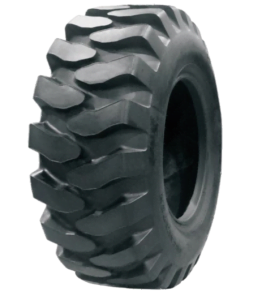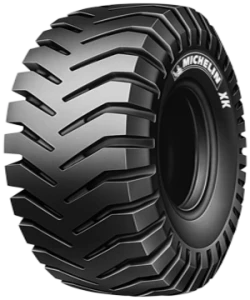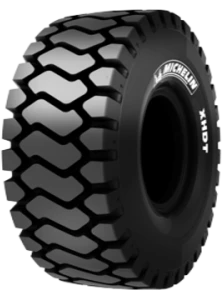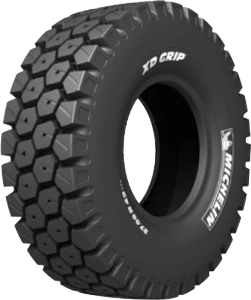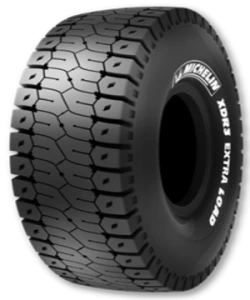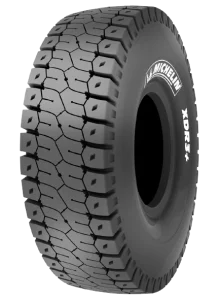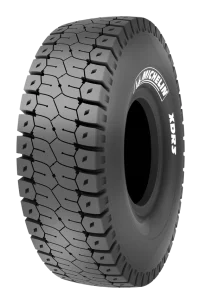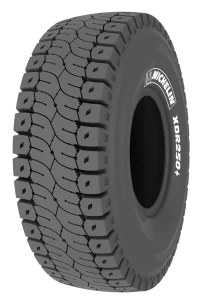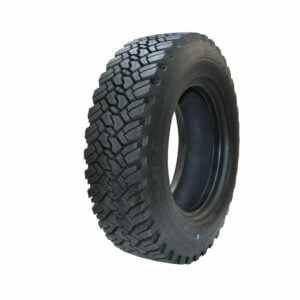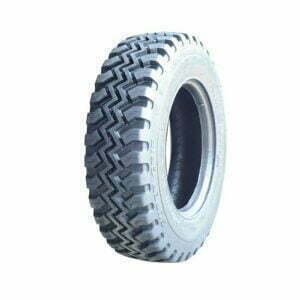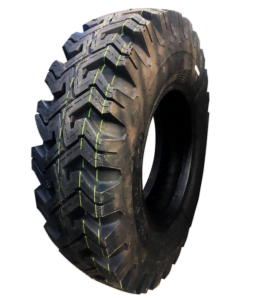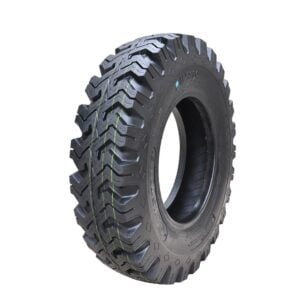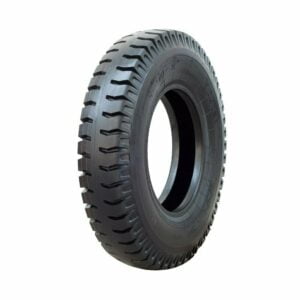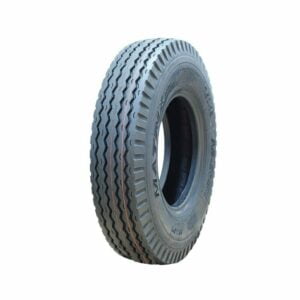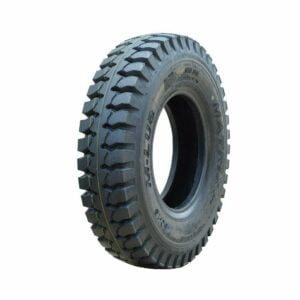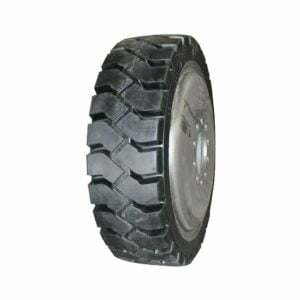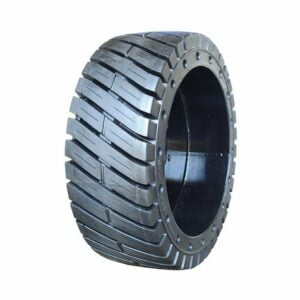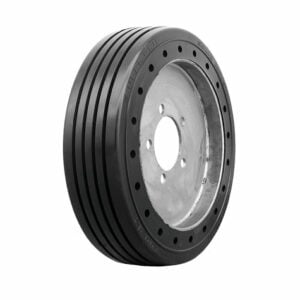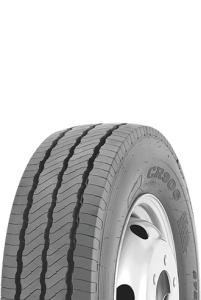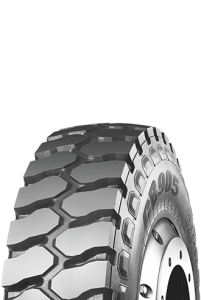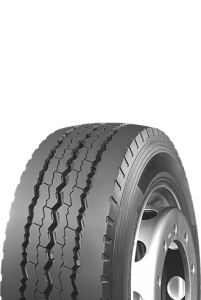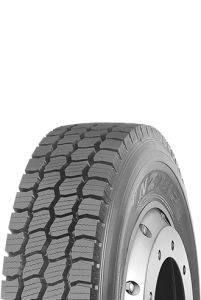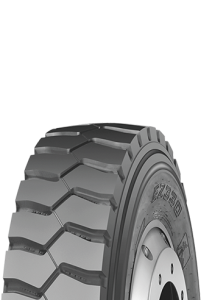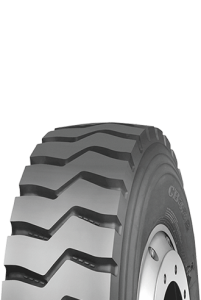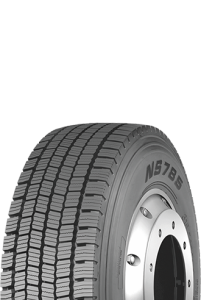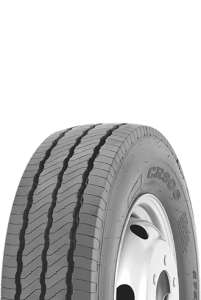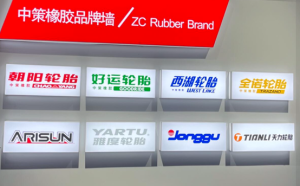What do you know about Load Index?
When selecting tires for a vehicle, one of the most critical factors to consider is the load index. This numerical code, found on the sidewall of a tire, indicates the maximum weight a tire can safely support when properly inflated. Understanding the load index is essential for ensuring vehicle safety, performance, and longevity. This essay explores the definition of load index, its significance, how to interpret it, and its impact on driving.
—–What Is Load Index
The load index is a numerical value assigned to a tire that corresponds to its maximum load-carrying capacity. It is part of the tire’s size designation, usually following the speed rating (e.g., 94H in a tire code means a load index of 94 and a speed rating of H). The higher the number, the greater the weight the tire can handle.
Familiarity with the Load Index will provide significant benefits:
Safety
Overloading a tire beyond its load index can lead to excessive heat buildup, premature wear, and even blowouts.
Vehicle Performance
Tires with an insufficient load index may struggle to support the vehicle’s weight, affecting handling, braking, and fuel efficiency.
Durability
Properly rated tires last longer and perform better under different driving conditions.
Legal Compliance
Many regions require vehicles, especially commercial ones, to use tires with the correct load index to meet safety regulations.
—–Load Index for PCR, TBR and OTR
PCR tires are designed for light vehicles such as sedans, SUVs, and small vans. Their load index is standardized under the European Tyre and Rim Technical Organisation (ETRTO) and the Tire and Rim Association (TRA).

TBR tires are built for heavy-duty vehicles like trucks, buses, and commercial trailers. Due to their heavy load requirements, their load index system differs from PCR tires.
OTR tires are used in extreme conditions, such as mining, construction, and agriculture. These tires face irregular terrains and extreme loads, requiring a different load index approach.
Comparison of Load Index

The load index is a crucial factor in selecting the right tires for PCR, TBR, and OTR applications.
While PCR tires use a standardized numbering system, TBR and OTR tires rely on higher load ranges or ply ratings due to their heavy-duty demands.
Understanding these differences helps drivers and fleet operators choose the safest and most efficient tires for their vehicles. Always check the manufacturer’s recommendations and consult tire professionals when replacing tires to ensure compliance with load requirements.
—–Load Index for single tire and dual tire
118 – Load index for single mounting, corresponding to a maximum incident load on the tire of 1,320 kg
114 – Load index for dual mounting, corresponding to a maximum incident load on the tire of 1,180 kg
Note: The maximum load capacity of the tires may not be their normal capacity. This is because load index ratings are based on the maximum fill pressure of the tire, not the manufacturer’s recommended air pressure level, which is lower.
When replacing your tires, always choose tires with the same or higher load index rating than the Original Equipment (OE) tires. If your car doesn’t have its OE tires, you can find the manufacturer’s recommended load rating in the owner’s manual or the placard on the driver’s side doorjamb.
Most tire installers will not sell or install a lower load-rated tire than the OE recommendation due to liability concerns. This is because if you install tires with a lower load index rating, you’re more likely to overload your tires. Overloaded tires are more prone to damage, blowouts and premature wear.
Why the Load Index of a single tire is higher than that of a dual-tire setup for the same vehicle?
1.In a dual-tire setup, excessive load can cause the tires to rub against each other due to reduced spacing. Additionally, the narrowed gap between the tires restricts airflow, leading to poor heat dissipation.
2.Dual tires are rarely perfectly balanced in inflation or wear. A slightly underinflated or smaller tire will carry more of the load, which increases the risk of failure.
—–Key Finding
The load index is a vital specification that ensures tires can safely support a vehicle’s weight. Ignoring it can lead to dangerous driving conditions, tire failure, and legal issues. By understanding and adhering to the correct load index, drivers can enhance safety, optimize performance, and extend tire life. Always consult the vehicle manual or a tire professional when selecting tires to ensure the appropriate load capacity for your needs.
A well-informed choice in tire load index contributes to a smoother, safer, and more efficient driving experience. Never underestimate its importance—your safety on the road depends on it. By understanding this rating, drivers can make informed decisions and maintain their vehicle’s reliability under various load conditions.


